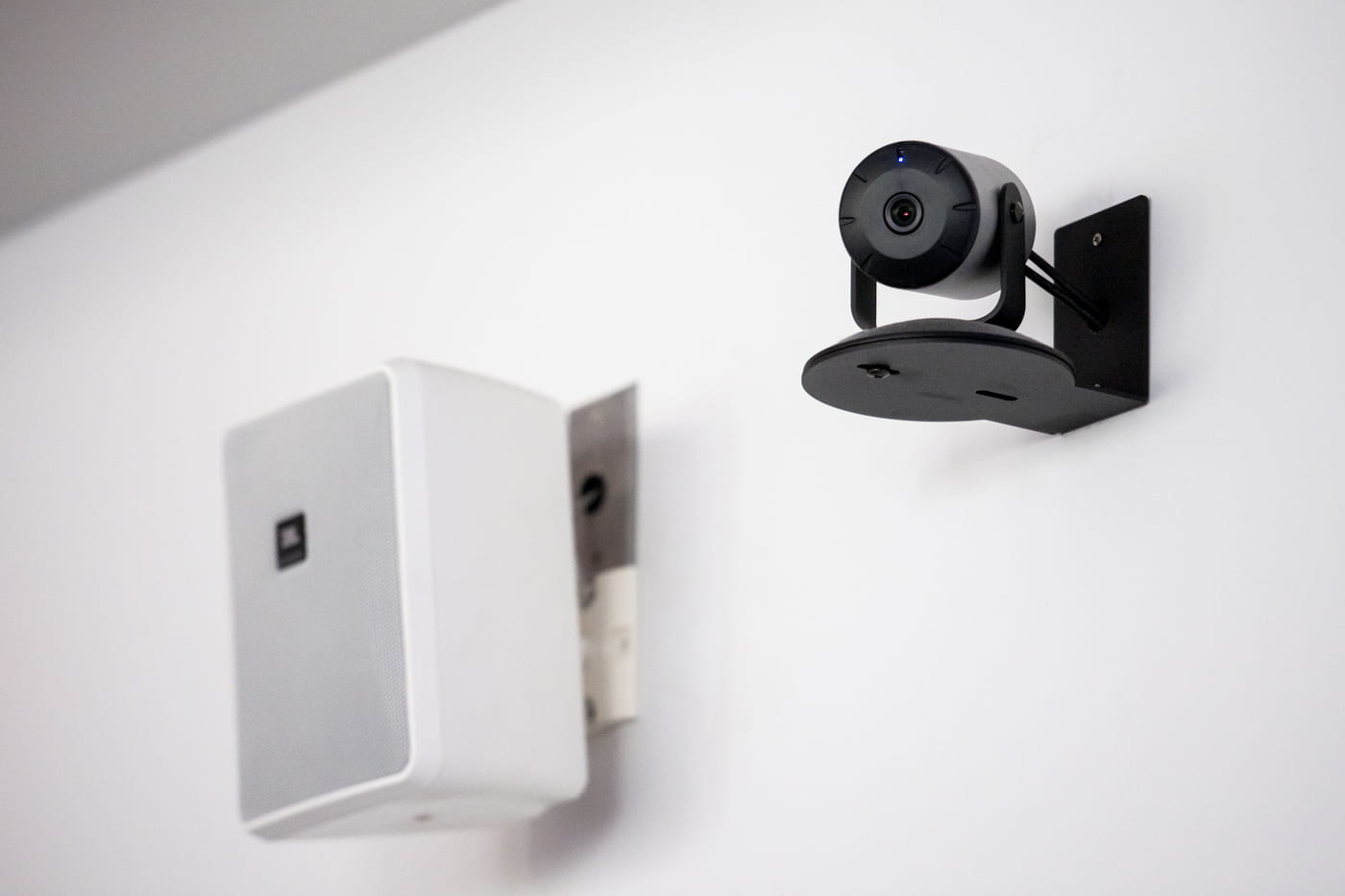Since the rapid pivot to online learning for everyone at the start of the pandemic last year, Academic Technologies (AT) at Northeastern has been supporting students and faculty exchange knowledge across the world. This fall, as we return to in-person learning, AT continues to support the Northeastern community with new and innovative technologies that simplify academic processes and amplify learning experiences. One technology in particular, Gradescope, has the potential to help faculty streamline grading by taking what used to be only on paper and digitizing it.
“Gradescope’s ability to set up custom software programming environments for students to submit and run code without me acting as a system administrator, has been a total game changer. ”
Jason Hemann
Grading gets an Upgrade
In 2020, as learning and exams went digital, AT took the opportunity to modernize grading processes and introduced students and faculty to Gradescope – an assessment, rubric, and grading tool neatly integrated into Canvas. A versatile grading tool, Gradescope’s origins are rooted in an instructor’s personal experiences. In 2014, two computer science PhD students, overwhelmed and exhausted from processing hundreds of handwritten exams, combined instructor expertise with artificial intelligence (AI) to build a novel, digital grading system. Today, Gradescope increases grading efficiency and provides meaningful data on student learning objectives.
How Gradescope Works
Gradescope supports all testing at Northeastern – paper and digital. It provides instructors with opportunities to create testing rubrics and feedback processes bespoke to their course within Canvas. When students complete a test online or upload a completed paper-based test to Gradescope, instructors and TA’s can provide comprehensive, targeted feedback, enhancing learning opportunities.
According to Liz Balko, Instructional Design Consultant (IDC) at Northeastern, Gradescope’s efficiency and integration within Canvas along with its rich and robust reporting makes it an exceptional grading tool for Northeastern. She says, “Gradescope’s Canvas integration allows instructors to leverage both formative and summative assignments and quizzes to improve student learning. Using Gradescope’s dynamic rubric feature, instructors can efficiently provide detailed feedback so that students can focus on what they need to improve. Rapid, targeted feedback changes the student’s mindset and helps them focus on the correct way of learning versus what they did wrong. In addition, Gradescope allows faculty to grade quizzes and assignments that require extensive free responses, drawings, or equations. There are also options to grade programming assignments, create online digital assignments, or administer bubble sheet exams.”
What Faculty are Saying
Jason Hemann, lecturer at the Khoury College of Computer Sciences, expected Gradescope to be “another point-and-click based Learning Management Solution (LMS).” As a power user, he has complete access to Gradescope’s features, fully customized to his courses. And a few months into using Gradescope for programing assignments and grading, his experience has exceeded all expectations.
He calls Gradescope, “a game changer set up to solve problems,” increasing efficiency in the classroom and expanding learning opportunities for students. “Gradescope’s ability to set up custom software programming environments for students to submit and run code without me acting as a system administrator, has been a total game changer. The setup is easy enough that several former (undergraduate) students approached me about setting up Gradescope for another professor.”
For faculty using Gradescope for the first time, Hemann has a few recommendations. He says, “Ask students to submit assignments online versus scanning and take advantage of features such as auto-grading and auto-grouping.” He feels these features have transformed the approach to teaching – “Students aren’t surprised at their grades. They receive quick feedback in an interactive loop and have an opportunity to find and fix small errors. It’s a great addition to my courses – now that I have it, I would not want to go back.”
Gradescope Training and Resources
With each new technology there is always a learning curve. For Gradescope in particular, instructors can get started by joining the Gradescope training Further, there are several Knowledge-Base articles written by our experts to help you on every level of your Gradescope journey. In case you need more information, book a consultation with Academic Technologies and an AT staff member will be happy to guide you through using this technology.






Recent Comments